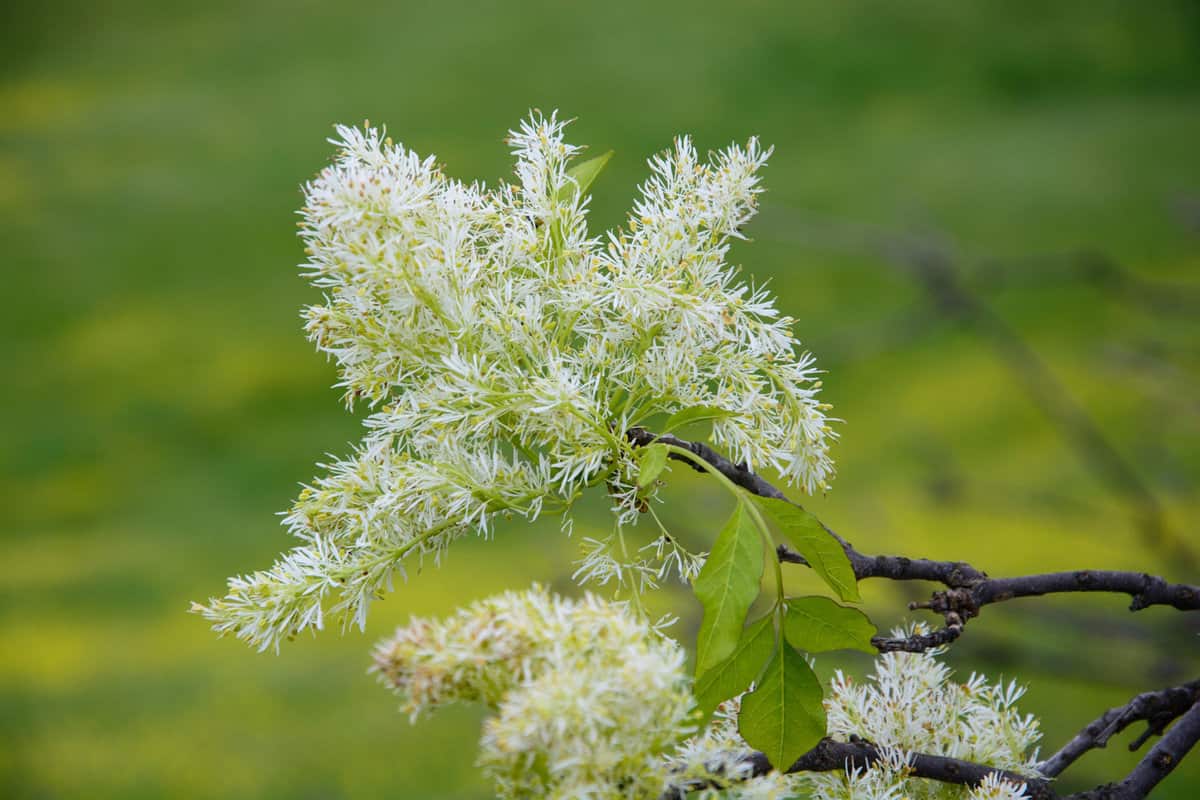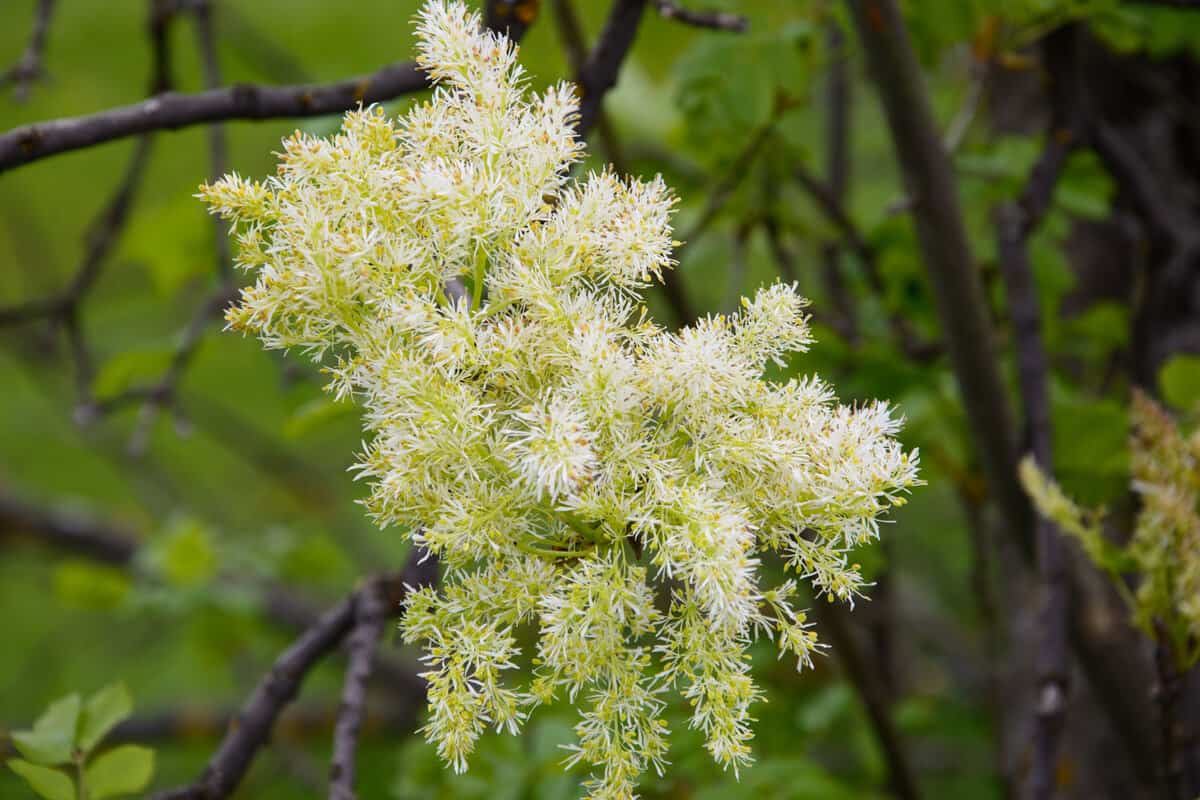As a homeowner or landscaper, you may wonder if flowering ash trees have invasive roots, and if planting one in your yard might cause future problems.
Invasive roots can damage sidewalks, driveways, and even your home's foundation if they spread too close to structures.

Planting with foresight and care will allow your flowering ash tree to thrive, contributing positively to your outdoor space.
Flowering Ash Overview
Flowering ash, also known as Fraxinus ornus, is a deciduous tree native to southern Europe and western Asia.
It is known for its delightful clusters of fragrant white flowers that bloom in spring, making it an attractive option for landscaping.

The flowering ash is a medium-sized tree, typically growing to a height of around 40-80 feet.
It's a relatively fast grower, and its roots generally don't pose a significant threat to surrounding structures or pavement.
However, as with any tree, you should always consider the proper distance from your home or other structures when planting to allow for optimal growth and to prevent potential damage.
Flowering ash trees prefer well-drained, fertile soil and do best in full sunlight.
They are adaptable to various soil types, but you may need to improve soil fertility if you want to achieve the best growth.
Ensuring your tree has an adequate water supply, especially during its first few years, is also crucial for its overall health and development.
Root System Characteristics
First, let's clarify which type of ash tree we're discussing.
The common name "flowering ash" is often given to Fraxinus ornus, a species native to southern Europe and southwestern Asia.
The root system of a flowering ash is moderately extensive and usually grows deep in the soil.
This is advantageous, as it allows the tree to access water and nutrients more efficiently, while also providing stability against wind and other forces.
Generally, the roots of an ash tree will not grow towards the surface and will spread horizontally in search of resources.
It's worth noting that like many trees, the flowering ash's root system can adapt to different soil conditions.
In well-drained, nutrient-rich soils, the roots may grow deeper, while in compacted or clay-heavy soils, they may be more shallow and widespread.
Potential Invasiveness of Flowering Ash Roots
While the word "invasive" often brings to mind images of sprawling roots breaking through concrete or disrupting underground utilities, the invasiveness of Fraxinus ornus is slightly different.
Its roots might not be notorious for causing infrastructural damage, but the tree's aggressive reproductive nature can make it invasive ecologically.
The flowering ash is known to reproduce in high amounts.
It has a propensity to spread and establish itself in areas where it might not be originally found, out-competing native species.
This is especially evident in riparian habitats where it can dominate the landscape, sidelining native vegetation and altering the habitat dynamics.
Another concern is competition for soil nutrients and water.
In some cases, trees with invasive roots can deprive nearby plants of essential resources.
To avoid this issue, make sure to provide adequate spacing between your flowering ash and other plants in your landscape.
Additionally, you can consider adding organic material and proper irrigation, ensuring an optimal growing environment for all your plants.
Effects on Local Ecosystems
While the flowering ash tree is a beautiful addition to your garden or landscape, it's important to consider how its roots may impact your local ecosystem.
Like many trees, the ash tree can have a network of extensive, shallow roots that can spread outwards in search of nutrients and water.
Sometimes, these roots may compete with nearby plants for the limited resources available in the soil.
This competition may hinder the growth and development of other plants in your garden or surrounding area.
Choosing the right planting location can help alleviate this competition by ensuring there are no other plants close by the ash tree.
Management and Prevention Strategies
To effectively manage and prevent the spread of invasive roots in flowering ash trees, it's essential to implement proper planting and maintenance practices.
First, choose the right location for your flowering ash tree. Make sure there's enough space for the tree to grow and for its roots to spread.
Next, regular maintenance is crucial in managing invasive roots.
Monitor your flowering ash tree for signs of invasive roots and address them as early as possible.
One method to prevent aggressive root growth is root pruning.
This involves cutting problematic roots, allowing you to control the tree's growth and maintain the health of nearby plants.
Additionally, consider implementing physical barriers or root barriers like Bio-barrier, a geotextile fabric embedded with herbicide nodules that help control root growth.
Installing these barriers around your flowering ash tree can effectively direct and contain root growth, preventing them from becoming invasive.
Invasive Roots Can Be Managed
The flowering ash, with its beauty, is a double-edged sword. While it offers ornamental value, its aggressive nature can pose challenges, especially in sensitive habitats.
If you're considering planting a flowering ash, it's crucial to understand its nature fully and to take measures to prevent its unchecked spread, particularly near waterways or natural habitats.
Before planting, always consult with local nurseries, arborists, or agricultural extension offices.
This is to ensure that you're making an informed decision that will benefit both your garden and the surrounding ecosystem.
For more information on root systems of trees and plants, check out these other articles:
